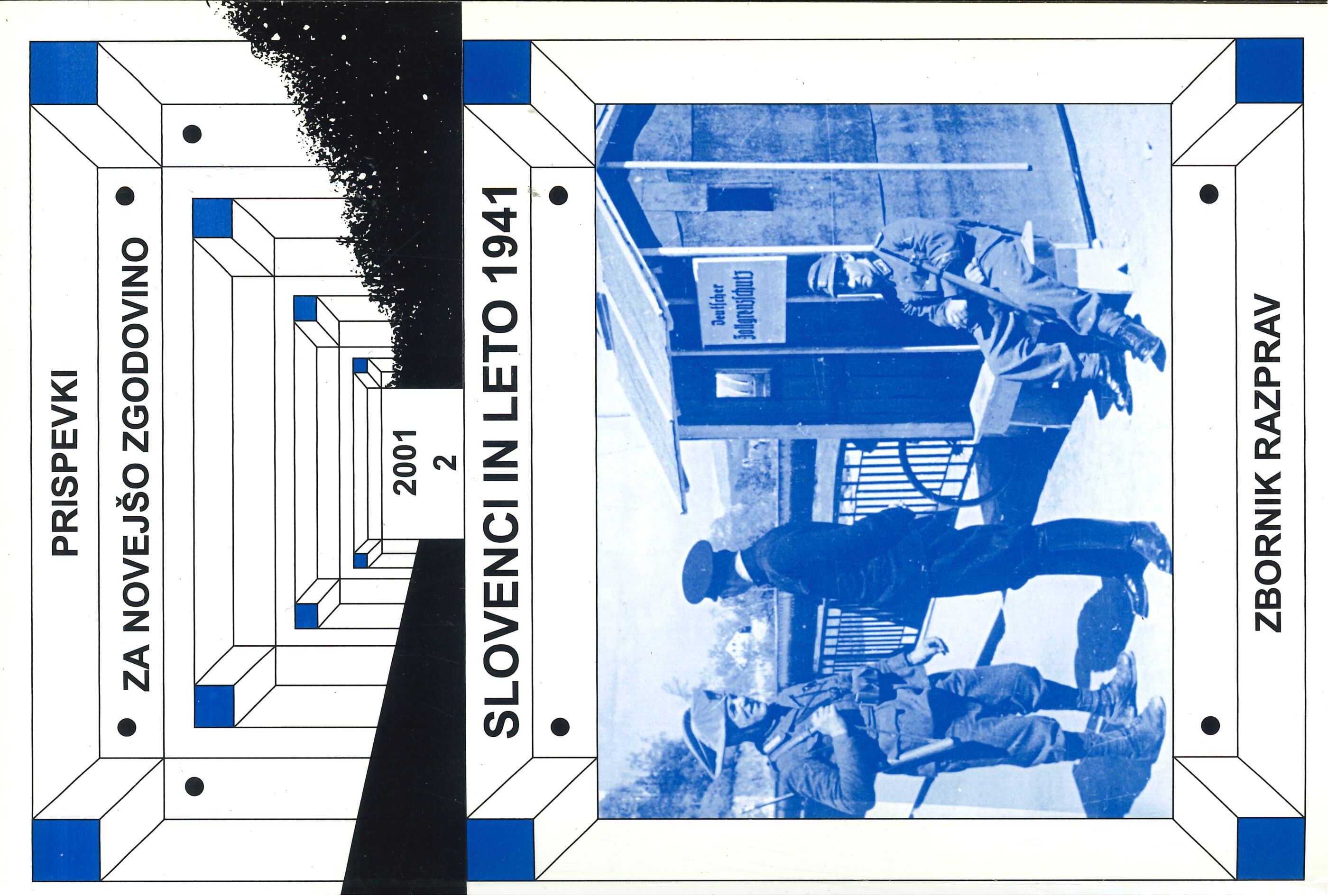Odziv slovenskih kulturnikov na okupacijo leta 1941
Ključne besede:
2. svetovna vojna, Slovenija, okupacija, kulturni delavci, kulturna politika, spomenica kulturnih ustanov, cenzura, kulturni molkPovzetek
Ob okupaciji leta 1941 so se slovenski kulturniki razhajali v oceni, ali so izpolnjeni pogoji za delo kulturnih delavcev in kulturnih ustanov. Najbolj odločno je spoštovanje slovenske kulturne samobitnosti zahtevala skupna spomenica šestih slovenskih najbolj uglednih društev, naslovljena na okupacijsko upravo 29. aprila 1941. Izmed uglednih literarnih revij je še nadalje izhajal le katoliški Dom in svet, uredništva drugih revij pa so menila, da niso izpolnjeni pogoji za njihovo delo in so njihove revije prenahale izhajati. To je bil uvod v kulturni molk, kulturnopolitično načelo osvobodilnega gibanja, v katerega se je vključila večina slovenskih kulturnih delavcev. Že leta 1941 sta se tako začeli oblikovati dve kulturni sceni; prva je delovala legalno in upoštevala zahteve italijanske cenzure, druga je bila bolj odločna, družbeno aktualna in je svoja načela izražala v ilegalnem tisku.
Prenosi
Objavljeno
Številka
Rubrika
Licenca
Avtorji prispevkov, objavljenih v tej reviji, soglašajo z naslednjimi pogoji glede avtorskih pravic:
- Avtorji ohranijo avtorske pravice, reviji pa odobrijo pravico do prve objave. Delo se hkrati zaščiti z licenco za prosto uporabo avtorskih del (Creative Commons Attribution License), ki drugim osebam omogoča deljenje dela ob priznanju avtorstva in prve objave v tej reviji.
- Avtorji lahko sklenejo ločene dodatne pogodbene dogovore za neizključno distribucijo različice dela, objavljene v reviji, (npr. oddaja v institucionalni repozitorij ali objava v knjigi) z navedbo, da je bilo delo prvič objavljeno v tej reviji.
- Pred postopkom pošiljanja in med njim lahko avtorji delo objavijo v spletu (npr. v institucionalnih repozitorijih ali na svoji spletnih strani), k čemer jih tudi spodbujamo, saj lahko to prispeva k plodnim izmenjavam ter hitrejšemu in obsežnejšemu navajanju objavljenega dela (glej The Effect of Open Access).


